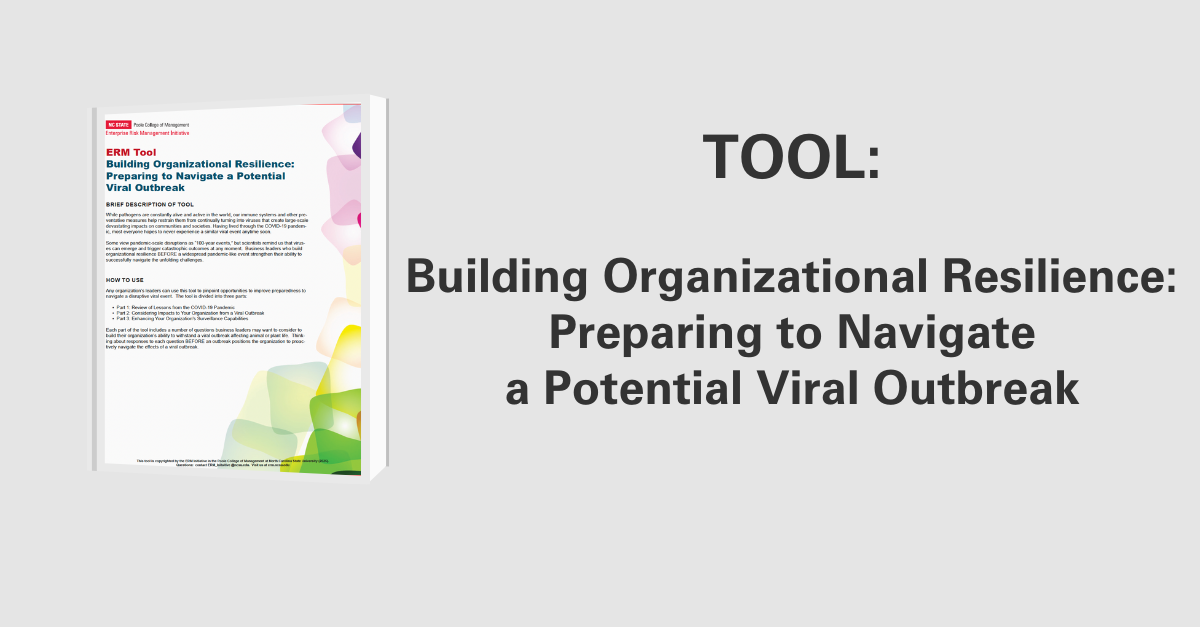Applying “Big Data” to Risk Management
Digital data is now “big” data, and it’s having a big impact in the way managers are making business decisions. In the 2012 article “Big Data: The Management Revolution” from the Harvard Business Review, Andrew McAfee and Erik Brynjolfsson provide an overview of the “big data” concept. The authors begin by explaining how digital data has transformed from what it once was into a source of even greater decision-making insight. McAfee and Brynjolfsson also provide real-life examples of companies harnessing the power of big data. The article concludes with a discussion of important areas for companies to be mindful of as they integrate big data into their decision making process.
Defining “Big Data”
The term “big data” refers to the digital information that is publicly available or that organizations collect in the process of doing business. Companies have been collecting digital data for some time, but the authors of this article point out several differences between the digital data of today and the digital data of the past.
Today, not only is there a greater quantity of digital data available, but it’s also collected faster and in an increasing number of formats that companies can use. The big data “movement” is all about managers analyzing this digital information and using it to make better-informed decisions. The article provides two examples illustrating how companies have used data to drive better business decision-making.
Critical Concerns in Employing Big Data
Despite the documented benefits of using big data to enhance business performance, McAfee and Brynjolfsson point out five areas of concern that must be addressed in order for big data to be used effectively. The five areas are:
- An organization’s leadership must be present and strong in guiding the use of data in the decision making process.
- Personnel who are knowledgeable about manipulating and interpreting large sets of data are essential to utilizing big data in operating the business. These types of people may need to be hired.
- Organizations must have the right technology in place in order to synthesize large amounts of data.
- Decision-makers in the organization must have access to the data.
- The organization must transition its culture away from gut-level decision making; ultimately, the data should drive decisions.
By keeping these five points in mind, organizations can make their use of big data more successful.
Big Data: Risk Management Connection
Though not addressed directly by the authors in this article, big data could serve an important role in risk management. Digital information could offer managers a window into the array of risks facing their organizations. By utilizing big data as a risk management tool, managers could identify risks up-front, and could also monitor the development of risk events if and when they impact the company.
Original Article Source: “Big Data: The Management Revolution”, Harvard Business Review, October 2012
- Categories:
- Types:


